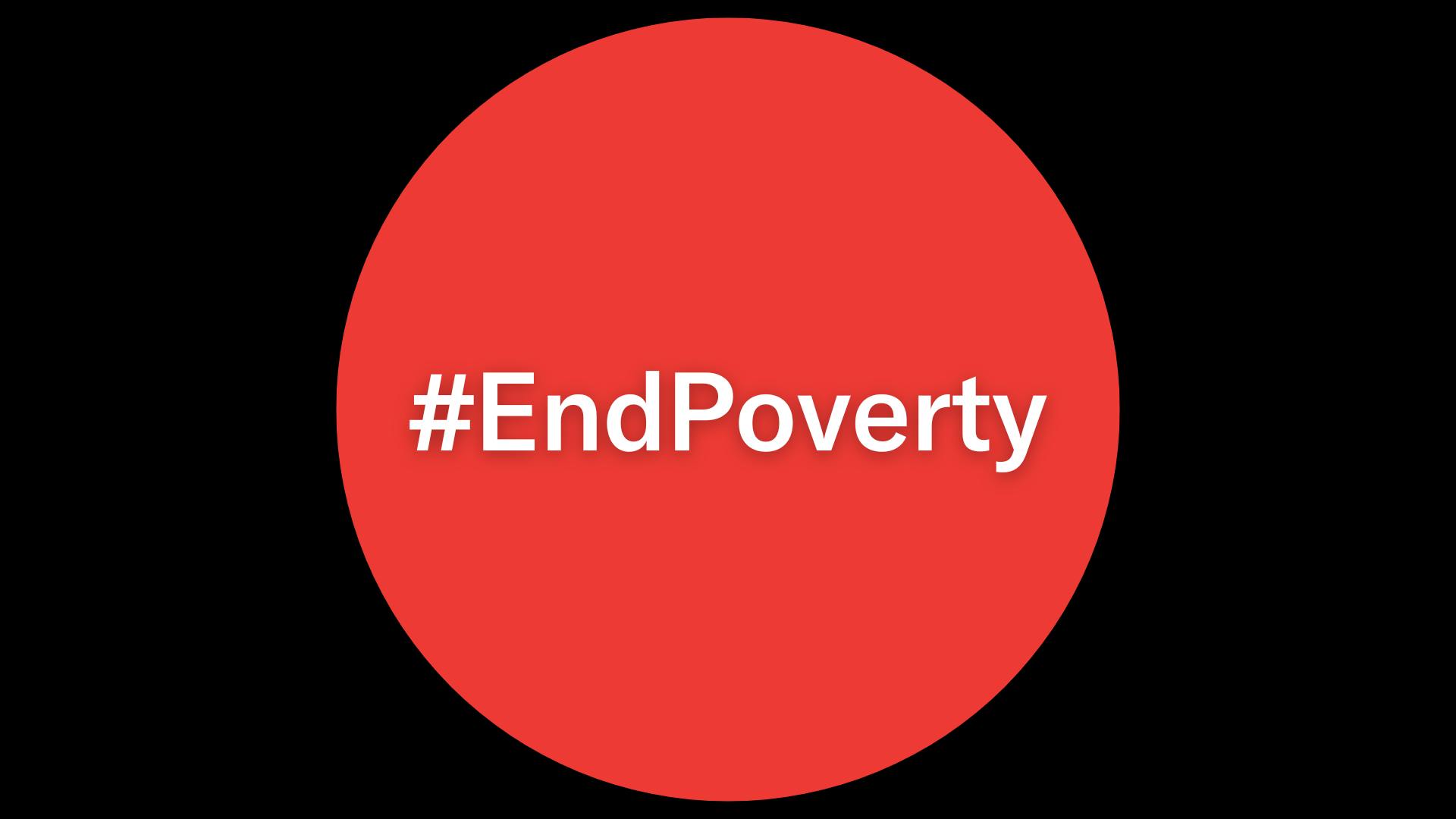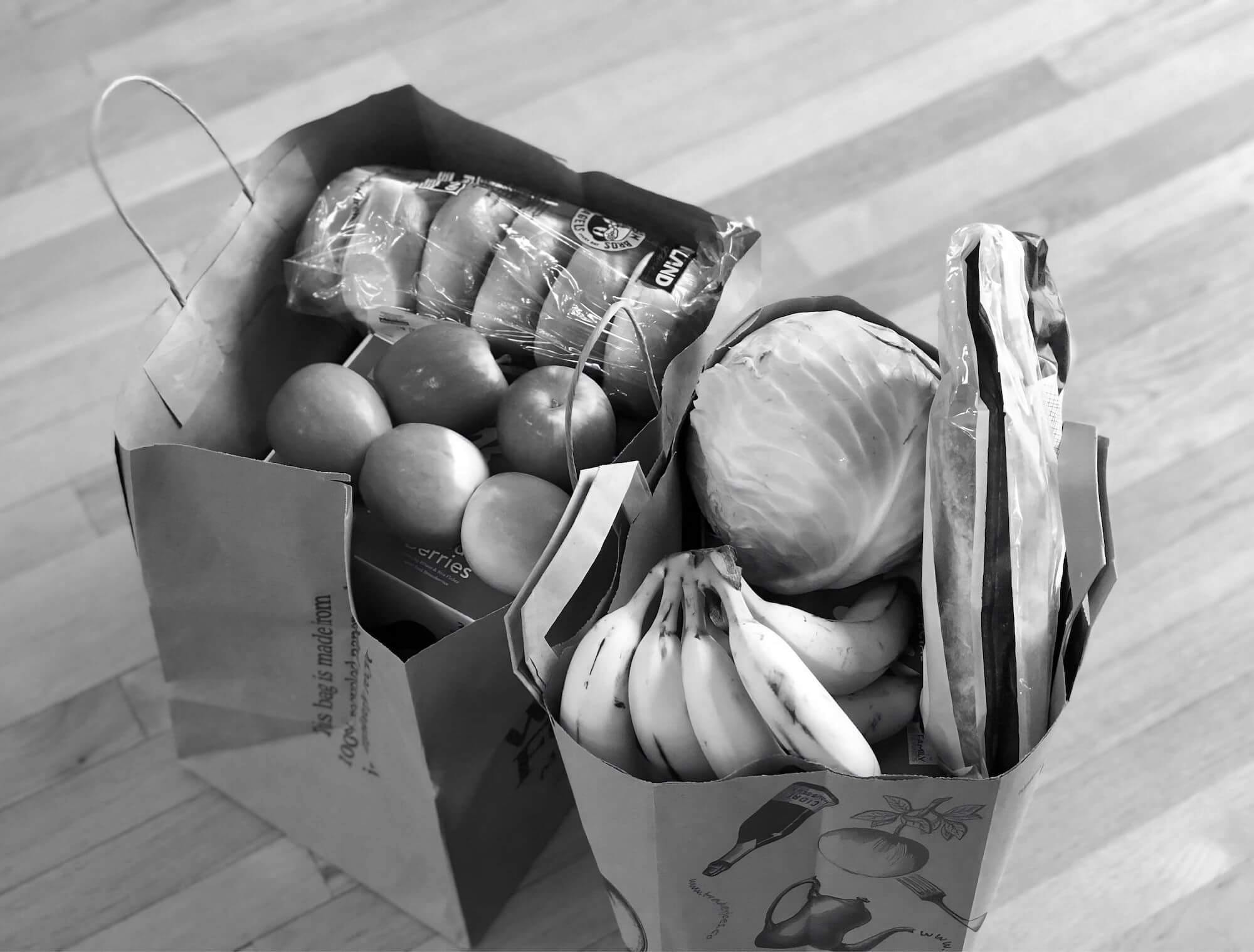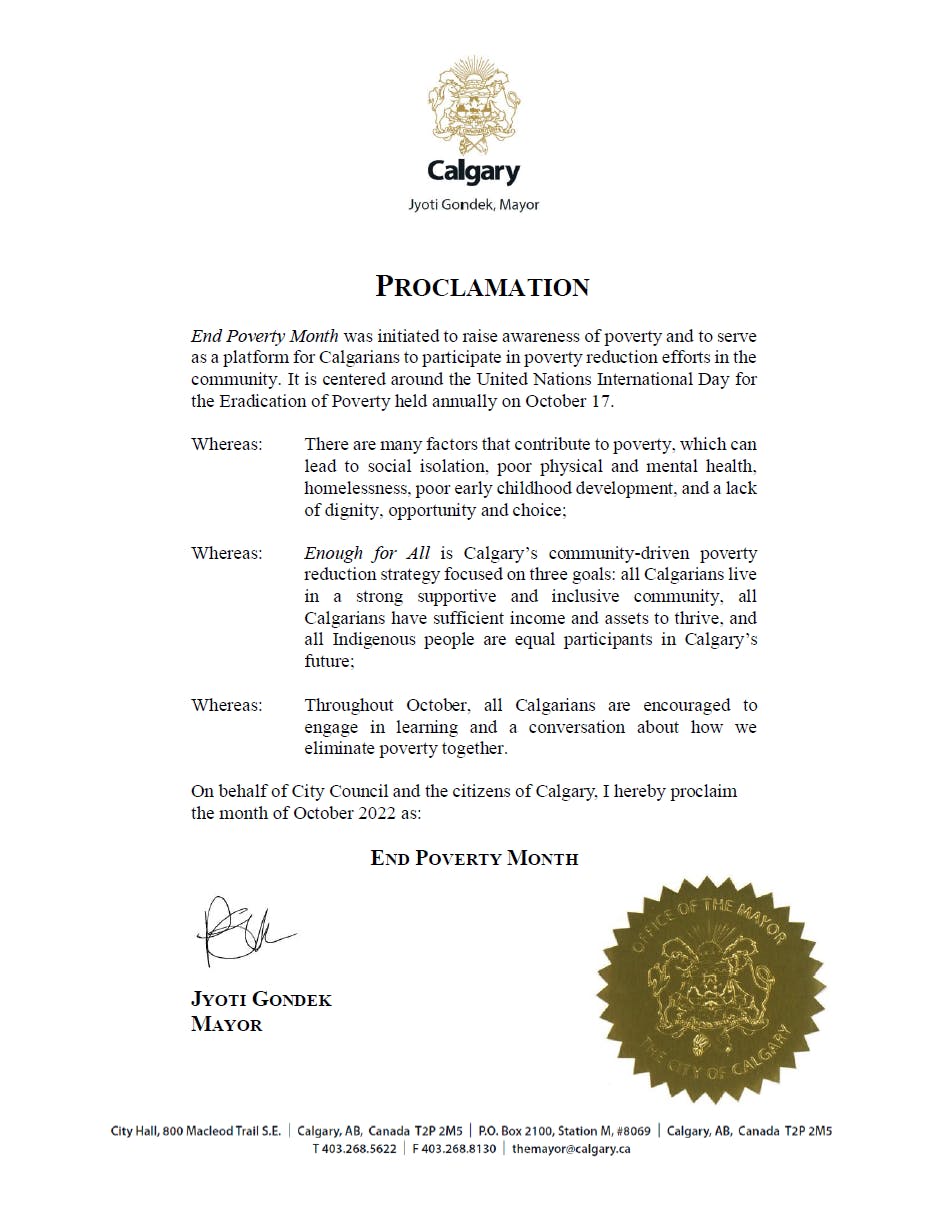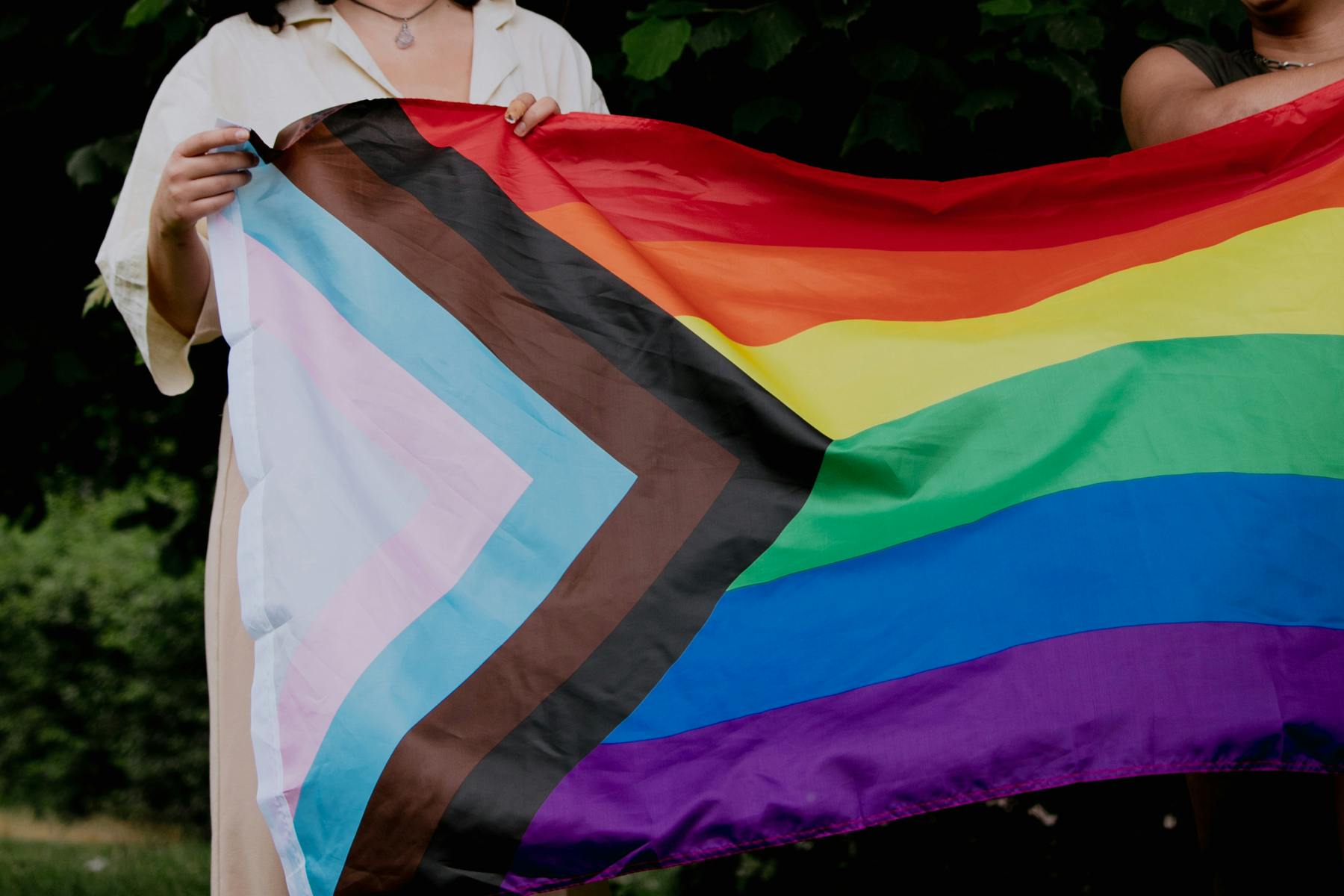- Begin a personal truth and reconciliation journey
- Engage fellow Calgarians in conversation about Enough for All, systems change and poverty
- Donate or volunteer directly with organizations that are making positive changes
Project
Get the facts!
This End Poverty Month learn how poverty impacts all of us
22 September 2022


Help us Spread the Word!
Learn how

Housing First Works!
What is it?

October 17 is International Day for the Eradication of Poverty
More
More

Poverty costs Albertans between $7.1 and $9.5 billion each year.
More
Read

Reducing racism and discrimination and promoting diversity can fight poverty
Learn how.
$1,718
Average rent for a one-bedroom apartment in Calgary

34% of food bank users say they skipped meals so their kids could eat
Read

Mayor Jyoti Gondek proclaimed October 2022 End Poverty Month
More
Read the proclamation

What is the official poverty line for a family in Calgary?
A
$60,650
B
$70,125
C
$55,771

Let's break the cycle of intergenerational poverty!
More
Read

Amost 85,000 Calgarians are in need of affordable housing
Read
Early literacy is one of the biggest predictors of poverty in a child's future. What percentage of Candian children struggle with low literacy?
A
1 in 32
B
1 in 15
C
1 in 10
D
1 in 6
Poverty exists in every ward in this city. And often, it’s behind the doors of a bungalow. It’s the parent who is just walking around all day, running numbers in their head. ‘If my electricity bill goes up by this much, then I’m going to have to cut back on the food bill. If I miss one day of work because I’m not in a salaried position, that’s going to put me in a really rough spot.’”
Meaghon Reid Executive Director, VCC
2X
the number of Indigenous children aged 14 and younger living in a low income household compared to non-Indigenous children
Tags
Related Projects

Calgary’s Living Wage is $26.50 per hour
Alberta’s largest city sees a $2.00/hr jump in living wage compared to 2024

Making Ends Meet
Stories of lived experience told through community voices

Indigenous perspectives on building a future where there is enough for all
Indigenous teachings and oral storytelling traditions capture the conversations, wisdom, and experiences shared during the pipe ceremony




